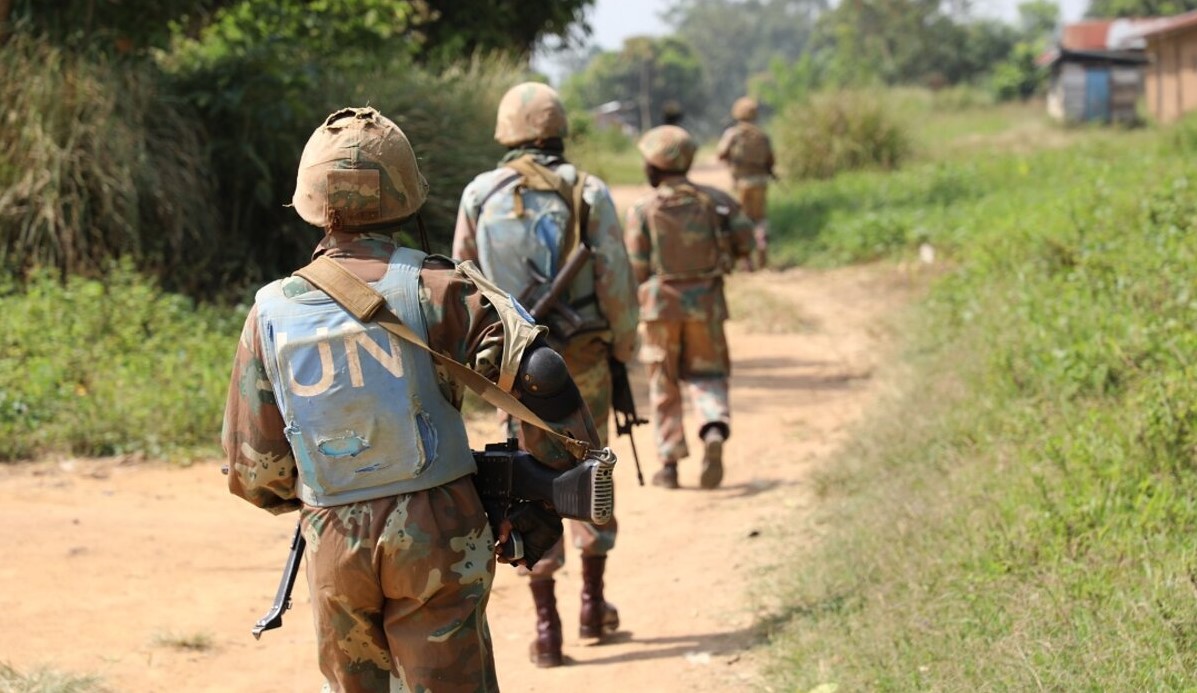The UN’s Mission in the Democratic Republic of the Congo (DRC), MONUSCO, has announced that they rescued five civilians late last week during operations in the DRC’s Ituri province, in the north-east of the country.
A Rescue
The five civilians that were rescued, which included a woman and two children, had been kidnapped near the town of Dyamba in the Ituri province, a province that is rife with militant and rebel activity.
MONUSCO reported that the group was kidnapped by a rebel group known as Zaire, which is an ethnic Hema group that regularly clashes with CODECO, an ethnic Lendu militant group.
They had been held for a week prior to their rescue. After their rescue, they were transferred to MONUSCO medical facilities in order to receive shelter and medical attention, before the mission returned them home.
Le 12 avril, la #MONUSCO a soutenu la libération de 5 otages, dont 1 femme et 2 enfants, retenus pendant une semaine par les miliciens du groupe rebelle ZAIRE à #Dyamba en #Ituri. pic.twitter.com/Keyq0vCZ5E
— MONUSCO (@MONUSCO) April 16, 2024
Escalating Violence
In recent days, MONUSCO has increased its troop presence in Ituri, as violence continues to escalate.
A recent attack by CODECO on a mining site north east of Bunia, the Ituri provincial capital, left four civilians dead. In response, MONUSCO deployed to the mining site in order to further safeguard civilians in the area. MONUSCO is also increasing patrols in the general Ituri province, oftentimes in conjunction with the DRC’s military.
South of Ituri, in the DRC’s North Kivu province, the DRC has bolstered its military presence as well, alongside MONUSCO.
Fighting has continued around the North Kivu town of Sake, an extremely important town within the province. Sake lies on the last roadway into Goma, the provincial capital, that is still controlled by the DRC.
Fighting has been ongoing around Sake since early February, after the DRC’s M23 rebels launched a rather successful counter-offensive against the DRC in the area. If the M23 is able to successfully take Sake, it would isolate Goma completely, and represent extensive logistical problems for the DRC.
The M23 has claimed they do not intend to capture Goma, and are instead only attacking Sake in order to “silence” the DRC’s heavy weaponry in the area (weaponry the M23 claims is being used to kill civilians), but still on everyone’s minds is when the M23 captured the city in 2012, and almost did again in 2022.
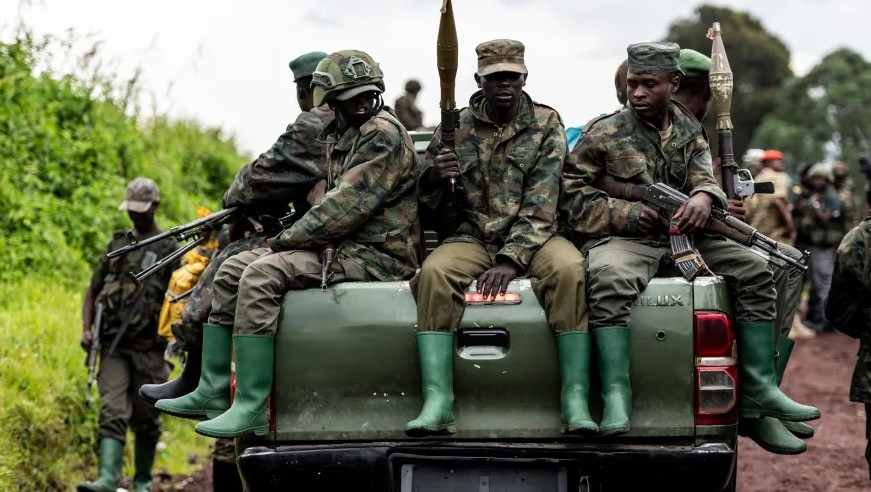
Goma is a city of approximately two million people, but it has also become host to several hundred thousand internally displaced people (IDP) that have been displaced by the conflict with the M23.
What is CODECO..?
CODECO is one of over 120 armed groups that operate within the DRC’s North and South Kivu provinces, and the Ituri province.
In its origins, it was founded in the 1970s as an agricultural cooperative of the Lendu people in Zaire (what is now the DRC). The group was formed to promote agriculture in Ituri, but also in order to act as a mouthpiece for the demands of the Lendu against the Hema people, as well as to speak against what they said was foreign exploitation of Congolese natural resources.
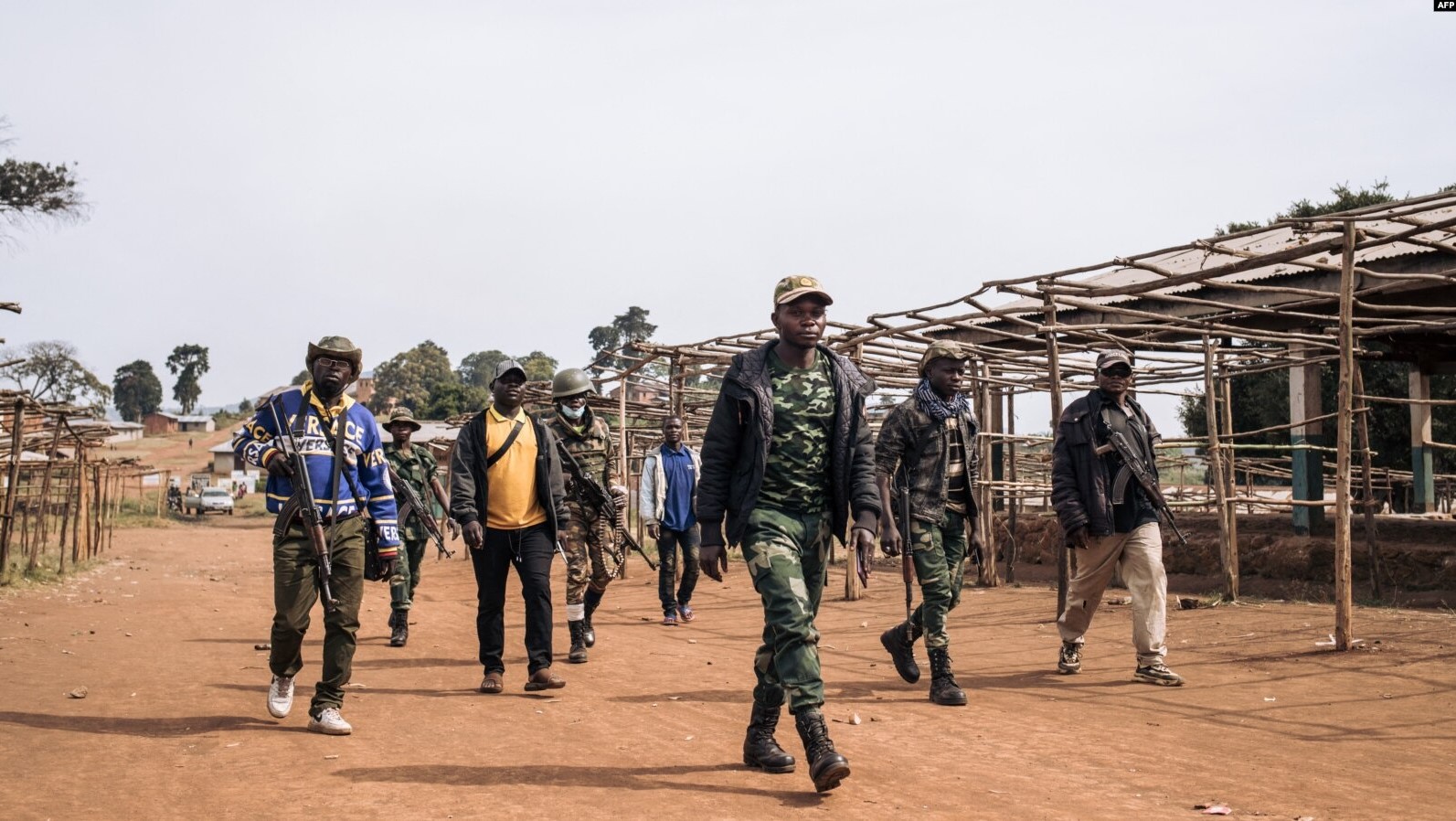
The Hema were favoured more than the Lendu under the Belgian colonial administration, a policy which was continued by Zairean dictator Mobutu Sese Seko. The Lendu and the Hema also face key differences in practices, with the Lendu being more agriculturalist, and the Hema being more pastoralist.
The outbreak of the 1999-2003 Ituri conflict saw the group transform from an agricultural collective into a loose association of Lendu militias. The conflict ended in 2003, which in turn ended violence between the Lendu groups and the Hema groups, and CODECO’s presence declined. Despite the decline, however, the group did not fully disarm, and several of the militias began stockpiling weapons.
In 2017, CODECO, under the leadership of Justin Ngudjolo, began attacks in the Djugu district. Attacks witnessed a sharp increase in 2019, which prompted the UN to accuse Lendu groups, not specifically naming CODECO, of carrying out massacres against Hema civilians. Within the same year, shortly after an attack attributed to CODECO, the newly elected President Felix Tshisekedi vowed to “eliminate” the group.
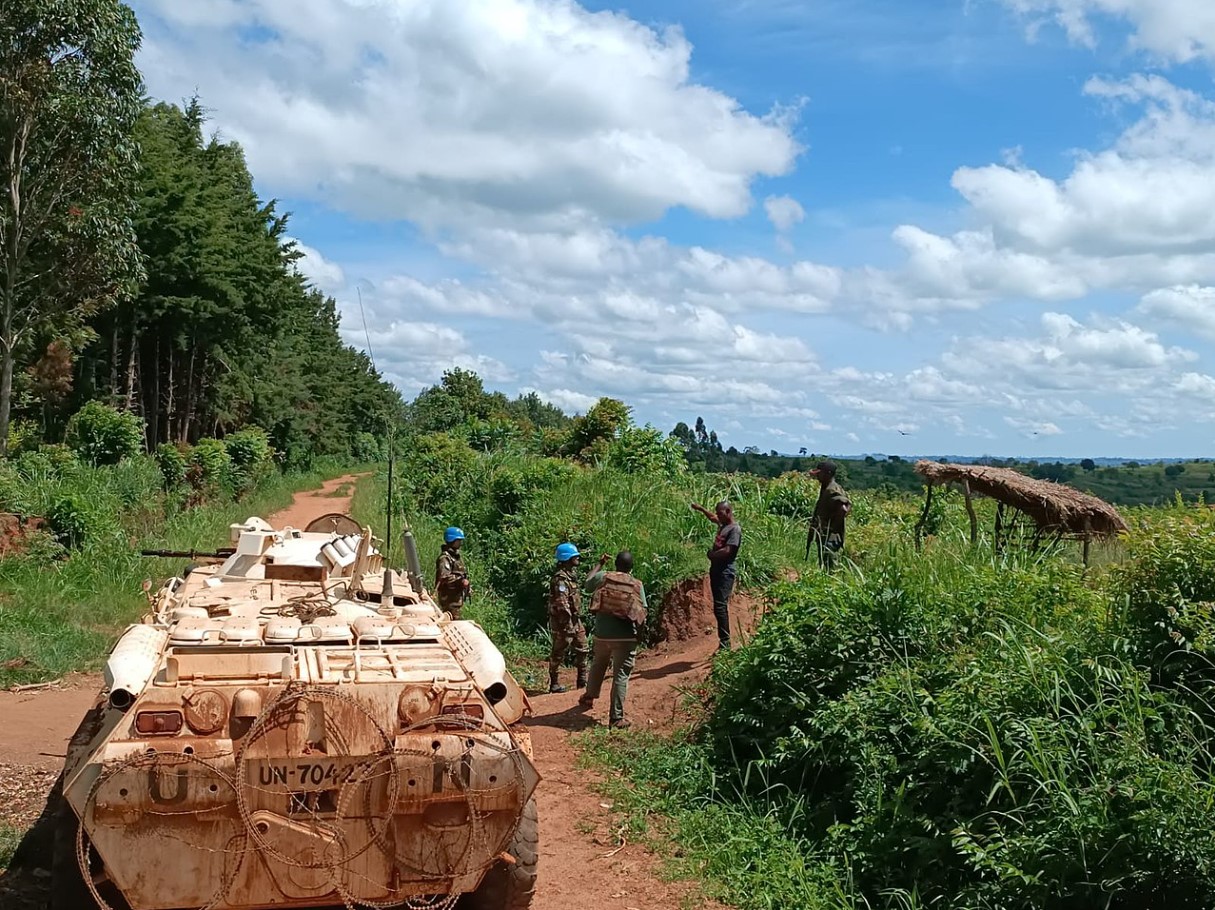
Fighting escalated further in 2020, with the UN accusing CODECO directly of massacres “akin to crimes against humanity.” Though the attacks from CODECO coincided with an increase in attacks by Islamic militant groups, they were not coordinating with each other. A ceasefire was signed in August of 2020 between CODECO and the government, which was broken by October.
Since resuming attacks in 2017, CODECO has killed at least 1,800 people as of 2022, with many having also been killed in 2023 and now 2024.
CODECO oftentimes targets natural resource sites, such as gold mines. Hema groups also remain one of its primary targets. CODECO remains based in the Ituri province.
A Departing Mission
Although MONUSCO is increasing patrols, and the frequency of its operations with the DRC’s military, they are soon to leave the country.
As ordered by the government of the DRC, MONUSCO is presently in the process of an “expedited withdrawal” from the DRC, set to withdraw completely by the end of 2024. MONUSCO is the UN’s largest and most expensive peacekeeping mission, and it has been in the DRC for almost 25 years.
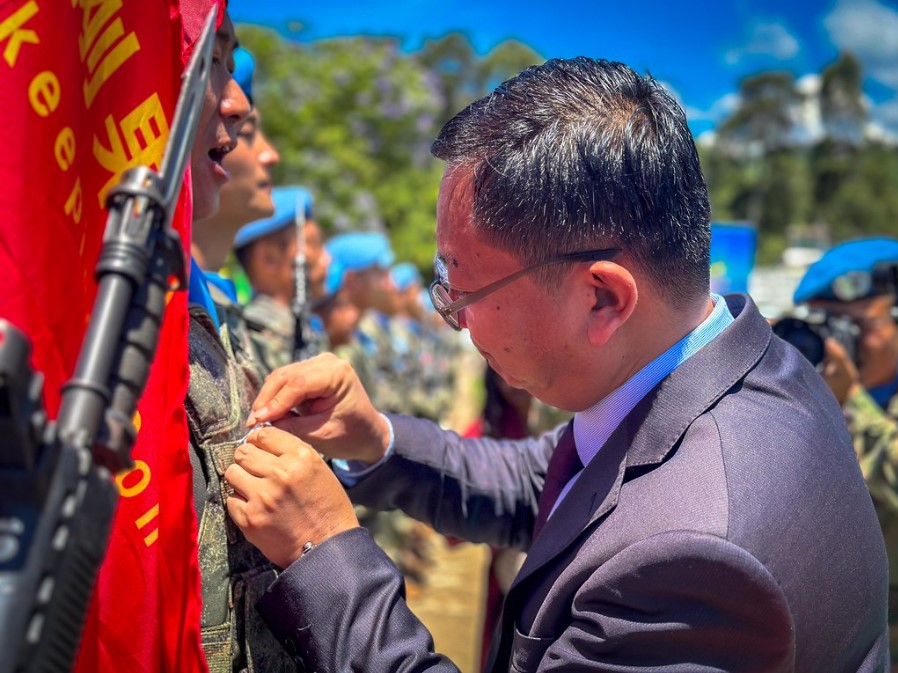
MONUSCO was ordered out of the country by the DRC’s government after they accused the UN of failure to provide any meaningful change to the security situation in the eastern DRC, in particular the North and South Kivu provinces, as well as Ituri. Although the UN has been deployed there for more than two decades, and has participated regularly in operations both against and defending from various armed groups, the security situation has gotten worse in many aspects.
This perceived failure has angered not only the government, but also the people of the DRC. Anti-UN protests in 2022 and 2023 led to dozens of civilians being killed, as well as several peacekeepers. The violence of these protests, the perceived failure of MONUSCO in the country, as well as a number of individual abuses carried out by UN peacekeepers have fostered a strong anti-UN sentiment among the populace.
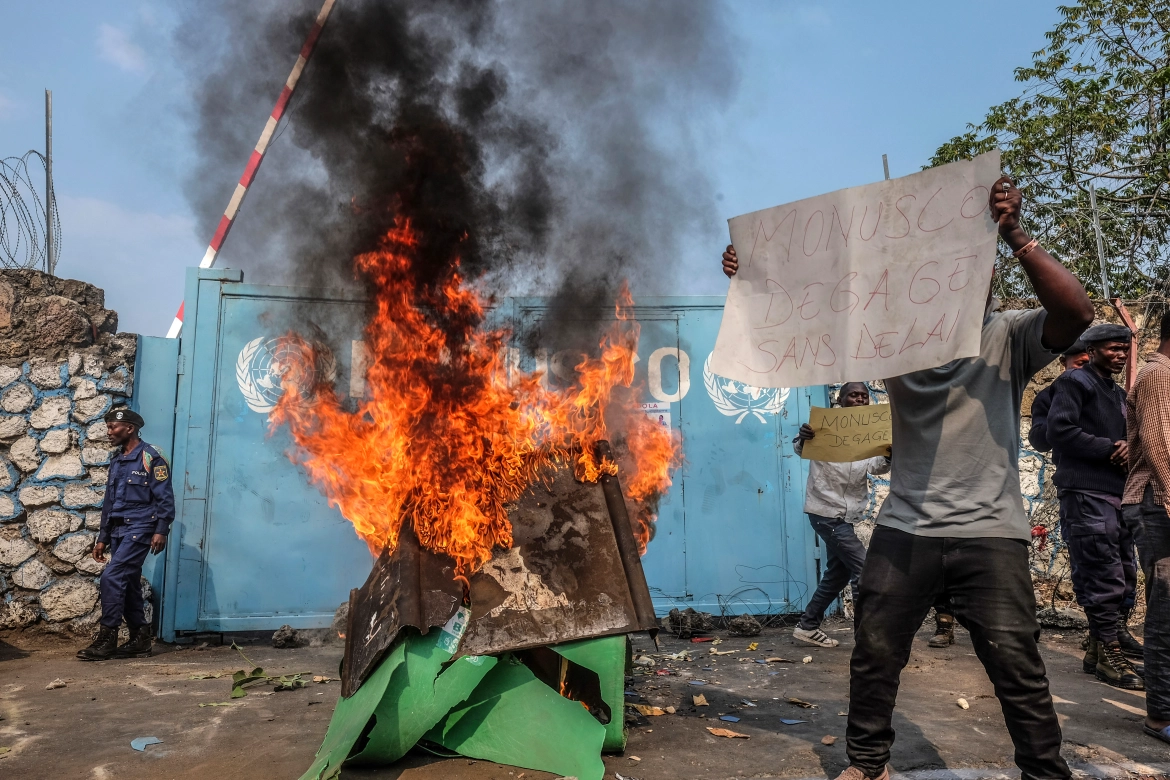
Even still, the UN has continued to participate in operations. They have been patrolling areas in the stated interest of protecting civilians, but most notably, they have greatly assisted in evacuating refugees.
Since the recent resumption of combat between the DRC and the M23, hundreds of thousands more people have been displaced. A large number of these refugees have been escorted by MONUSCO.
Although their ability to effectively combat the eastern DRC’s armed groups has been called into question, the UN’s humanitarian operations remain large and important for increasing the safety of civilian populations.
It is unlikely that the DRC’s military will have the capacity in order to carry out similar operations, such as escorting refugees. As such, it is unclear if they have any plan for who may take the UN’s place in such missions, or to increase their own capacity to do so.
Regardless of what the plan is, MONUSCO’s withdrawal continues, having handed over several bases to the DRC’s military already.

